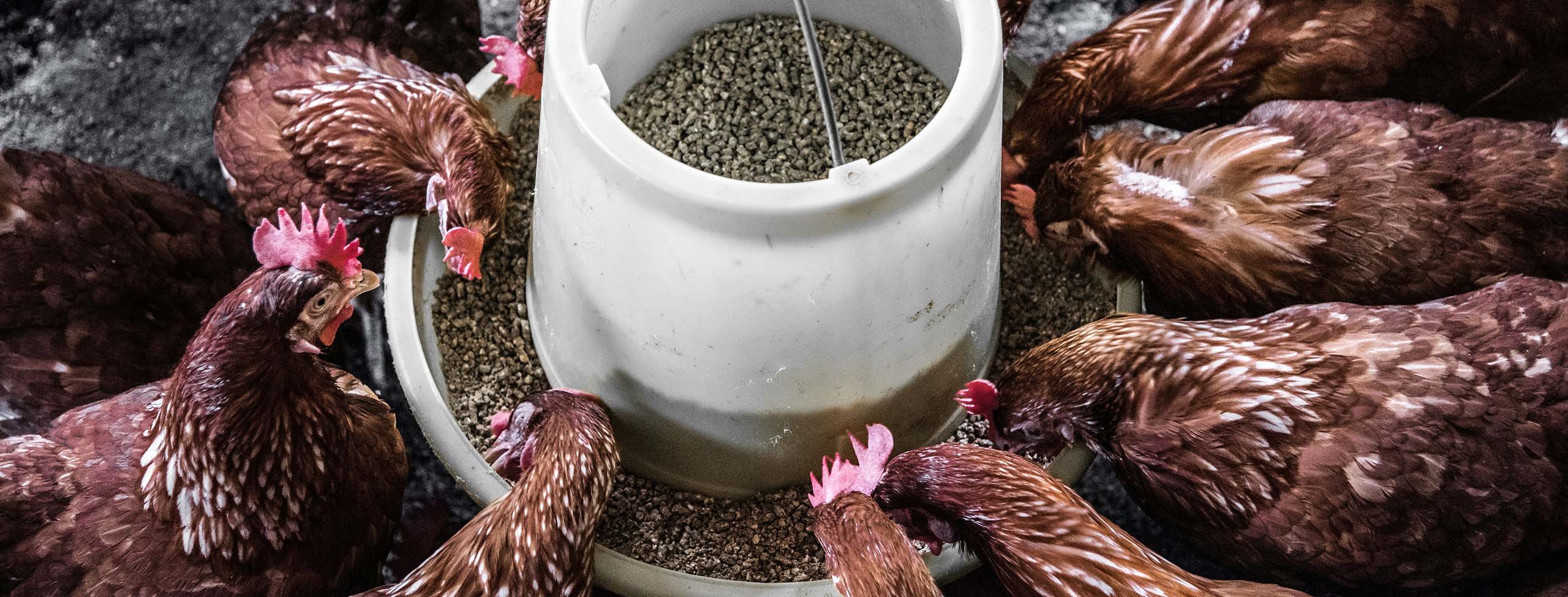
5 June 2024 • 9 minute read
FDA Regulatory News and Trends - June 5, 2024
Welcome to FDA Regulatory News and Trends, designed to help you identify significant legal developments and navigate the evolving business, legal, and regulatory world.
CDRH finalizes guidance addressing device remanufacturing and servicing.
- On May 9, 2024, the FDA Center for Devices and Radiological Health (CDRH) released a guidance document entitled, "Remanufacturing of Medical Devices." This guidance aims to distinguish the types of activities that qualify as servicing rather than remanufacturing (which involves additional regulatory responsibilities).
- FDA defines remanufacture as follows: "Process, condition, renovate, repackage, restore, or any other act done to a finished device that significantly changes the finished device’s performance or safety specifications, or intended use." Since these remanufacturing activities significantly change the device's performance or safety specifications, or intended use, a new submission to FDA is likely required so that the Agency can review its safety and effectiveness profile. This contrasts with servicing activities (eg, repair), which do not change the device's specifications and therefore do not require a separate submission to the Agency.
- Device companies involved in remanufacturing or servicing of devices are encouraged to review this finalized guidance to identify which category their activities fall into and ensure compliance with the associated regulatory requirements.
FDA reorganization of Human Foods Program and other modernization efforts have been approved.
- On May 30, 2024, FDA announced that its reorganization proposal was approved by the Secretary of Health and Human Services.
- The reorganization will create a unified Human Foods Program (HFP) by realigning the functions of the Center for Food Safety and Applied Nutrition (CFSAN), the Office of Food Policy and Response, and key functions from the Office of Regulatory Affair (ORA) under one program. In addition to creating cross-cutting offices directed toward establishing strategic, risk-based priorities and conducting compliance and management functions, the HFP will emphasize the following areas of focus:
1. Nutrition Center of Excellence
2. Office of Microbiological Food Safety
3. Office of Food Chemical Safety, Dietary Supplements, and Innovation. - The reorganization will also restructure and rename ORA to the Office of Inspections and Investigations (OII), which allows the Agency’s field operations unit to focus on product-specific inspections, investigations, and imports as its core mission. This change goes beyond foods, impacting all FDA-regulated products.
- The reorganization implementation is currently targeted for October 1, 2024. For additional information, please review the Federal Register notice and FDA’s website.
FDA releases draft REMS guidance.
- On May 7, 2024, FDA issued its draft guidance, “REMS Logic Model: A Framework to Link Program Design With Assessment,” which describes the Agency’s risk evaluation and mitigation strategy (REMS) logic model.
- This framework aims to provide sponsors of new drug applications, abbreviated new drug applications, and biologics license applications a systematic and structured approach to the design (taking into consideration the situation context and program goals), implementation (taking into consideration inputs, activities, and outputs), and evaluation (taking into consideration outcomes and impact) of REMS by encouraging the development of clear goals and objectives as well as strategies for implementation.
- The framework is intended to apply to the design of a REMS, development of a REMS assessment, and modification of an existing REMS. Interested parties are invited to submit comments by August 5, 2024.
Draft guidance for pharmaceutical development for veterinary medicinal products.
- On May 3, 2024, FDA issued a draft guidance, “Pharmaceutical Development,” intended for veterinary use by the International Cooperation on Harmonisation of Technical Requirements for Registration of Veterinary Medicinal Products (VICH).
- The draft guidance describes suggested contents for a Pharmaceutical Development section to be included in the larger Chemistry, Manufacturing, and Controls technical section of an animal drug application. This Pharmaceutical Development section is intended to provide a comprehensive understanding of the product and manufacturing process for reviewers and investigators of animal drug products. The guidance also indicates areas in which greater understanding of pharmaceutical and manufacturing sciences could create a basis for flexible regulatory approaches.
- Interested parties should submit comments by July 5, 2024.
CDRH announces qualification of a new patient-reported outcome instrument for intraocular lens implants.
- On May 16, 2024, CDRH qualified a new instrument, the Assessment of IntraOcular Lens Implant Symptoms (AIOLIS), through its Medical Device Development Tools (MDDT) program.
- The MDDT program qualifies tools to be used in the development and evaluation of medical devices, such as biomarker tests, clinician-reported outcome measures, and wearable sensors.
- The AIOLIS is used to assess symptoms, perceptions of general vision, and frequency of wearing glasses or contact lenses. Such assessment can be used to quantify the frequency and bother of ocular symptoms in clinical studies of patients who are bilaterally implanted with the same intraocular lens in each eye.
- Device manufacturers designing a clinical study involving this patient group are encouraged to review this new assessment and consider incorporating it into their research plan.
FDA updates AI/ML-enabled device list.
- The FDA updated its published list of artificial intelligence/machine learning (AI/ML)-enabled medical devices. Of the 191 devices newly added to the list, 151 are devices with final decision dates between August 1, 2023 and March 31, 2024, and 40 are devices from prior periods identified through a further refinement of methods used by FDA to generate the list.
- The list now stands at 882 AI/ML-enabled medical devices in total, but FDA notes that the list is not meant to be exhaustive or comprehensive.
- • To date, no generative AI-based devices have been approved by the Agency.
FDA workshop considers potential regulatory applications for a Model Master File.
- From May 2–3, 2024, FDA held a workshop to discuss the concept, scope, and regulatory application of the Model Master File (MMF), a framework aimed at model-sharing and model-reusability.
- Similar to drug master files, MMFs can be referenced by multiple applications for a similar purpose of use. The goal of MMFs is to improve the efficiency with which evidence from modeling and simulation can facilitate drug product development.
- During the course of the workshop, participants considered various logistical and technical challenges concerning MMFs, including minimizing product identifiability and proprietary information, and understanding what constitutes sufficient model verification and validation.
Interagency plan for biotechnology regulatory reform.
- In May 2024, FDA, EPA, and USDA released their “Plan for Regulatory Reform under the Coordinated Framework for the Regulation of Biotechnology,” as directed by 2022 Executive Order 14081, “Advancing Biotechnology and Biomanufacturing Innovation for a Sustainable, Safe, and Secure Bioeconomy.”
- Specifically, the Executive Order called for the agencies to identify regulatory ambiguities and gaps in the Coordinated Framework; provide plain-language information on the regulatory roles, responsibilities, and processes of each agency; provide processes and timelines to implement regulatory reform; and further develop the Unified Website for Biotechnology Regulation.
- This plan provides a roadmap for actions the agencies will take, individually and collaboratively, to improve regulatory clarity, streamline regulatory oversight, reduce regulatory redundancies and gaps, and increase regulatory coordination for specific product categories – modified plants, modified animals, modified microorganisms, human drugs, biologics, and medical devices – and across the Coordinated Framework.
FDA launches Project 5 in 5 crowdsourcing initiative.
- On May 5, 2024, FDA’s Oncology Center of Excellence (OCE) launched its Project 5 in 5 crowdsourcing initiative, which is intended to identify five clinically relevant questions that can be answered through the use of pragmatic clinical trials, using FDA-approved oncology therapies, over the next five years.
- Following review by FDA hematologists, oncologists, and clinical experts, OCE plans to share the top five ideas with government agencies, cooperative groups, and others who may be interested in implementing these pragmatic clinical trials which aim to streamline data collection and design by collecting only necessary information to answer research questions.
- OCE invites interested parties to submit ideas through July 5, 2024.
Tara flour not GRAS.
- On May 15, 2024, FDA posted to its website its post-market assessment determination that tara flour – derived from the seeds of the tara tree – in human food does not meet the Generally Recognized As Safe (or GRAS) standard and is an unapproved food additive.
- FDA’s assessment of the ingredient is detailed in a memo added to the Agency’s public memo inventory. FDA noted that increased transparency of its assessment of ingredients in the food supply is part of its approach to enhance food chemical safety.


